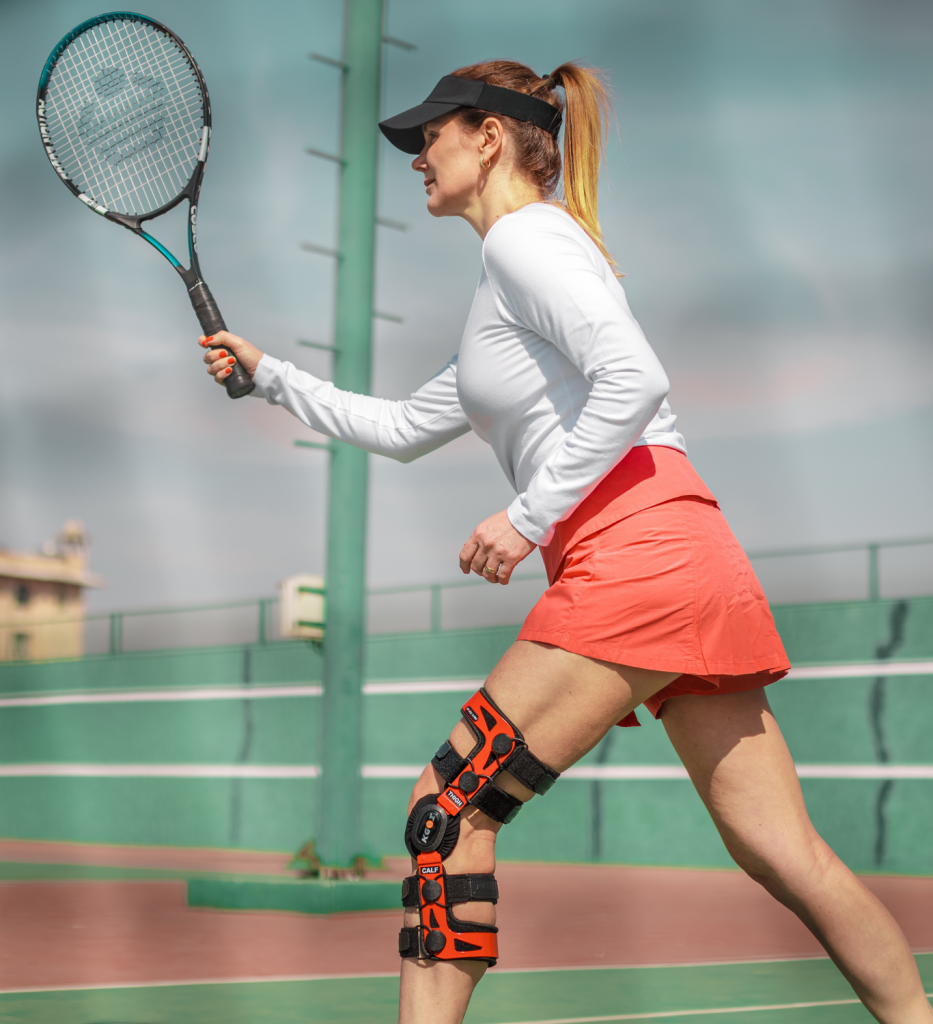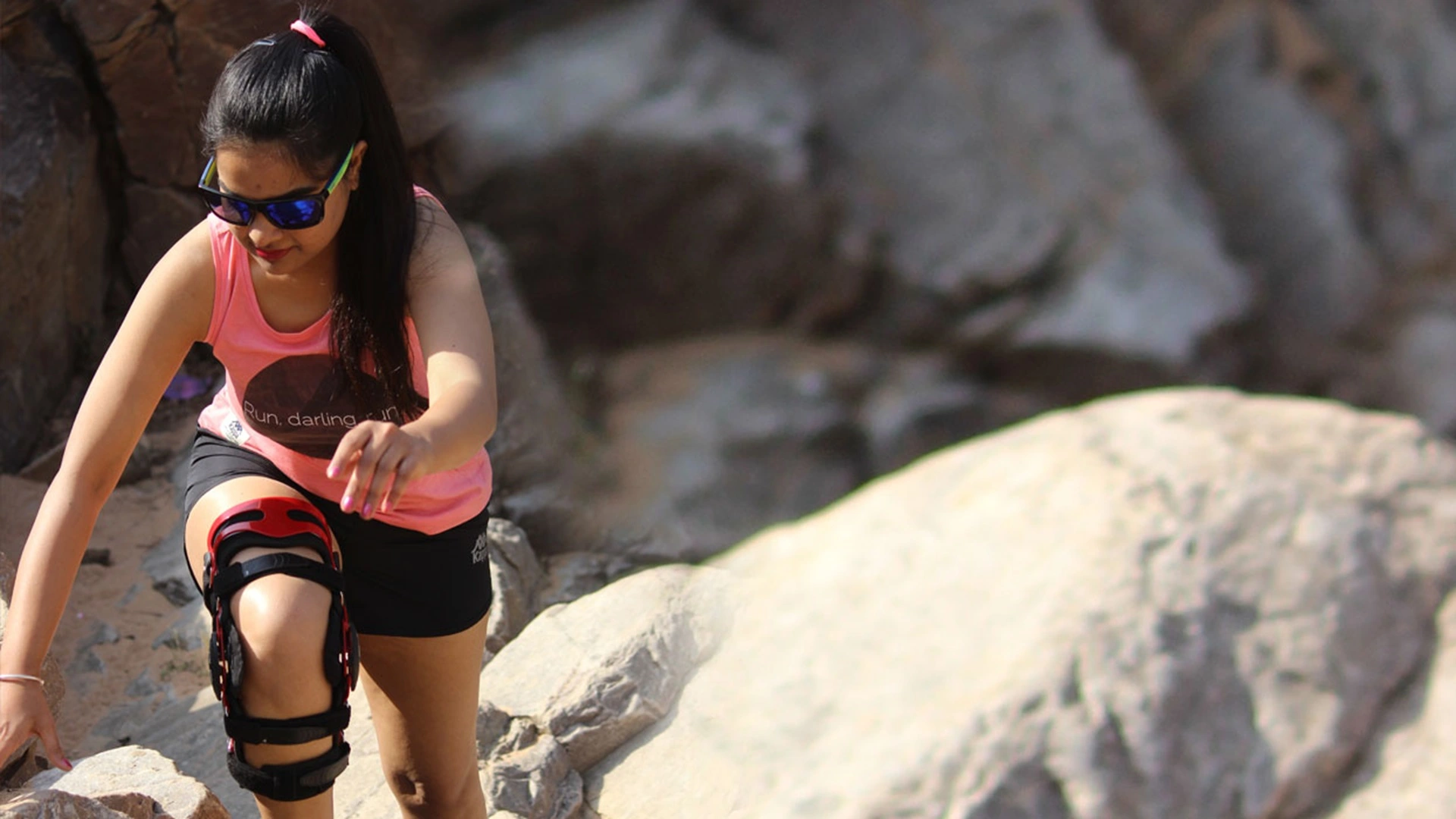The KGOI Sportz X-pro knee brace offers comprehensive knee brace selection for conditions requiring load redistribution, including osteoarthritis and meniscus tears. However, how are you aware of this? Examine a few actual clinical study findings that firmly support this assertion.
Sportz X-pro Enhances Joint Alignment
Narrowing of the joint space between the femoral and tibial cones on either the medial or lateral side of the joint—the medial side being more frequently affected—is a sign of osteoarthritis of the knee joint. By enhancing the constricted spacing, the Sportz X-pro knee braces address this important osteoarthritis component.
During a squat exercise, the Sportz X-pro was found to enhance the bone-to-bone distance between the medial femur and tibia by.36 millimeters and the lateral side by.33 millimeters using low-dose biplanar X-ray imaging techniques.

Changes in Points of Contact
The tibial plateau’s medial and lateral condyles move medially in people with osteoarthritis in their knees. The menisci, which are the knee’s fibrocartilage-based structures that reduce load, are to blame for this.
The femur’s contact points on the tibia are really moved by the Sportz X-pro knee orthosis. In actuality, it accomplished a reduction of over 50% in the medialization of a single contact point, from 1.52 millimeters to.68 millimeters. This discovery was made while the subject was performing a squat and was evaluated using low-dose biplanar X-ray imaging techniques (EOS).
Increased Flexibility
The three types of hinge joints found in traditional knee orthoses on the market are flat plate polycentric, four-bar linkage, and flat plane single axis. While the last two offer two or three degrees of freedom, the first only offers one. All of these systems are limited by the inability to mechanically replicate rotation and frontal plane motion, or the abduction and adduction of the knee.
Conventional non-symmetric hinge systems are also unable to mimic the knee’s screw-home mechanism, which entails simultaneous motion in the sagittal and rotational planes. This occurs as a result of conventional designs’ inability to support the tibial crest during bending. But the custom-fit contouring system of the Sportz X-pro brace follows the tibial crest to provide enhanced stability and the ability to mimic the knee’s screw-home action.
An independent clinical investigation conducted at the University of Montreal Hospital Research Center using EOS bi-planar radiographs has produced early results that support the clinical evidence that Sportz X-pro enhances multiplanar joint motion. Standing, the Sportz X-pro knee orthosis increased external rotation by more than six degrees and improved knee extension by seven degrees.
Better Results as Reported by Patients
It has been demonstrated that the Sportz X-pro knee brace enhances patient-reported outcomes in addition to its outstanding results in minimizing constricted spacing and improving joint motion. Analyzing the effect of any clinical intervention requires taking this into consideration.
Patients with osteoarthritis in their knees or hips can evaluate their pain, stiffness, and physical function using the Western Ontario and McMaster Universities Osteoarthritis Index (WOMAC), a health status questionnaire. Patients wearing the Sportz X-pro brace for three to six weeks showed significant reductions in stiffness (down four points), discomfort (down six points), and physical limitation (down 10 points) after taking the WOMAC.


